Trickstuff Maxima Brakes
Intended Use: Gravity
Features:
- Four-piston caliper (2 x 17 mm & 2 x 16 mm pistons)
- Mineral oil fluid
- 2.3 mm maximum rotor thickness
- Tool-free reach adjustment
Stated Weight: 580 g (pair, braided hoses, w/o rotors)
Blister’s Measured Weight:
- Front Brake (braided hose): 311 g
- Rear Brake (braided hose): 378 g
MSRP: €1,300 (w/ VAT)
Bolted to: Geometron G1
Reviewer: 6’, 160 lbs / 183 cm, 72.6 kg
Test Locations: Washington & British Columbia
Test Duration: 7 months
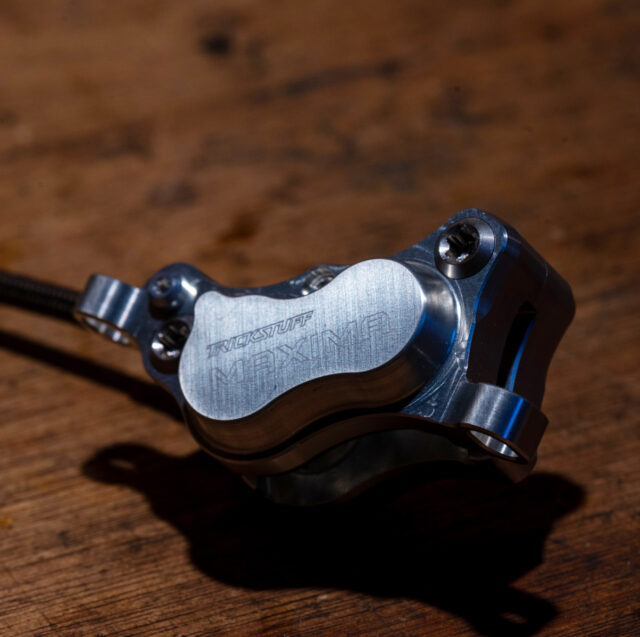
Intro
Mountain bike brakes have come a long way since Trickstuff first launched the Maxima back in 2019, with the gravity-oriented options from most major brands having been updated (or replaced entirely), with big gains in power in most cases. SRAM launched the Maven in 2024, TRP and Hope have gone through multiple iterations of their flagship gravity brakes since 2019, and while the production Shimano Saint brake hasn’t been updated since 2012, Shimano’s athletes have been spotted on what looks like a prototype of the next iteration (and Shimano updated their XT and XTR brakes earlier this year). The Hayes Dominion A4 has also had a longer run than the Maxima (it launched in 2018), but that’s an exception rather than the rule.
Despite their longevity and the degree to which the bar has been raised over the last six years, Trickstuff is still talking a very big game about the outright power of the Maxima (using adjectives like “ludicrous” and “enormous”), and the Maxima remains one of the most expensive options out there, at €1,300 (w/ VAT) for a pair. So, how do they stack up in the current gravity brake landscape?
Design
The Maxima sits atop Trickstuff’s lineup as their most powerful gravity-oriented brake. It uses the same master cylinder assembly as the All -Mountain-oriented Direttissima, but with a different lever blade assembly that produces greater mechanical advantage for more power. The master cylinder has a relatively small 9 mm piston, which helps increase the mechanical advantage of the Maxima as well. The Maxima uses cartridge bearings at both the lever pivot and the one between the lever and the master cylinder pushrod to reduce friction and keep the lever action light and consistent.
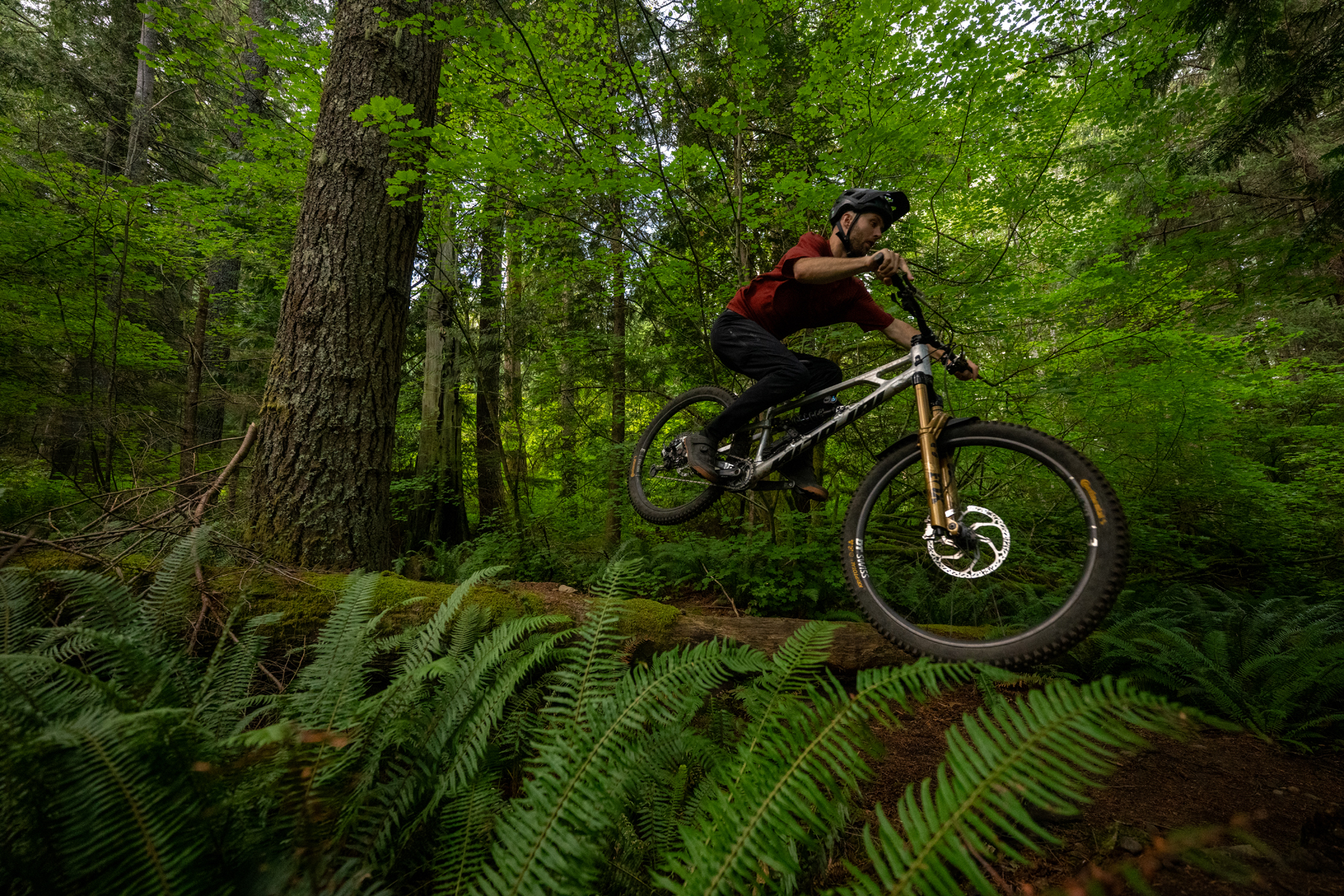
Design
The Maxima sits atop Trickstuff’s lineup as their most powerful gravity-oriented brake. It uses the same master cylinder assembly as the All -Mountain-oriented Direttissima, but with a different lever blade assembly that produces greater mechanical advantage for more power. The master cylinder has a relatively small 9 mm piston, which helps increase the mechanical advantage of the Maxima as well. The Maxima uses cartridge bearings at both the lever pivot and the one between the lever and the master cylinder pushrod to reduce friction and keep the lever action light and consistent.
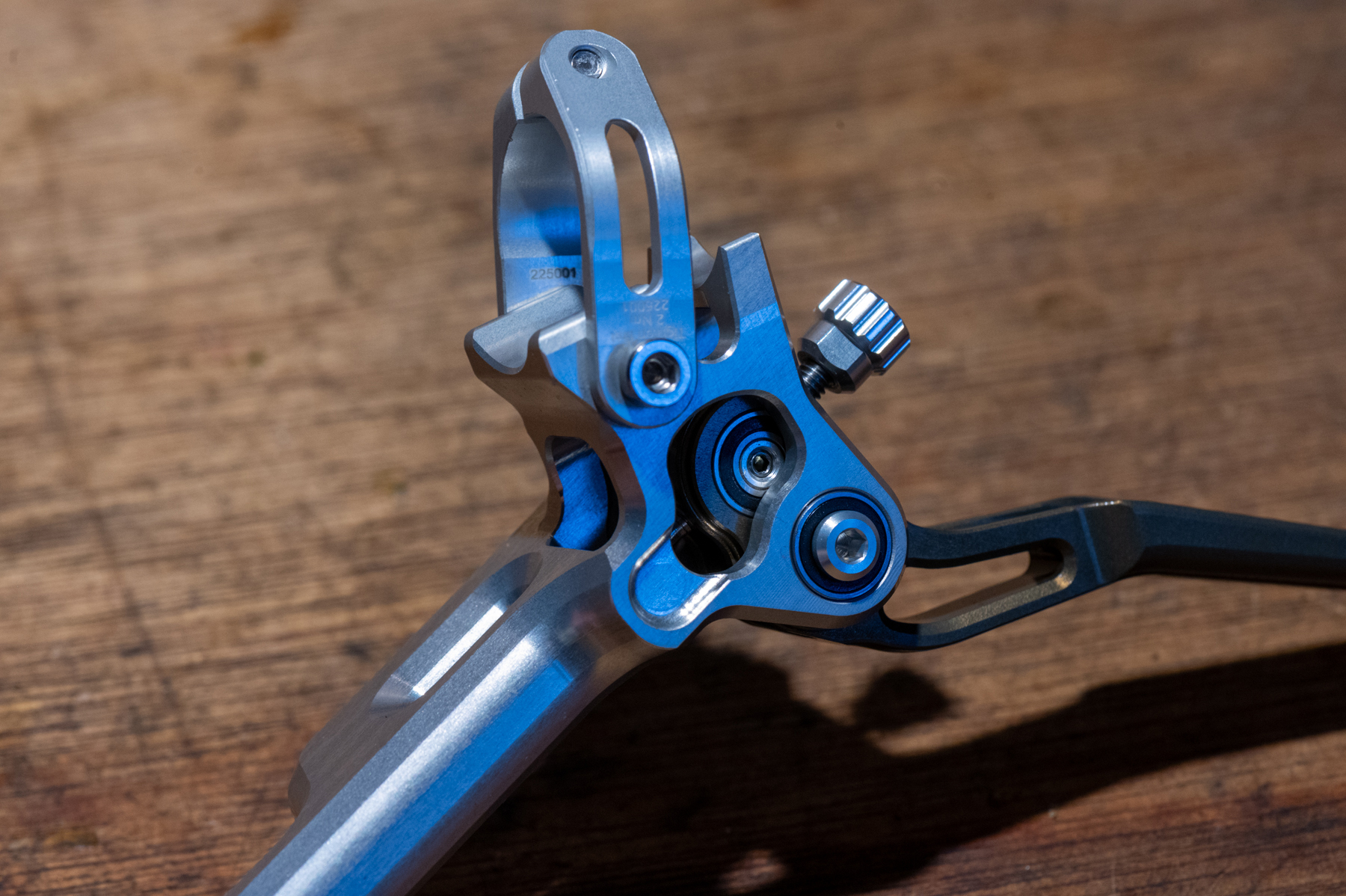
The overall layout of the lever assembly is relatively conventional, with the master cylinder and hose exit point roughly parallel to the bar, and there’s a tool-free reach adjuster situated behind the lever blade. The bar clamp uses two bolts and three pieces (the lever body itself, plus upper and lower portions of the clamp), which is slightly fiddly to install due to the number of parts involved, but looks tidy and is quite stiff once it’s all bolted up. Integrated clamps for shifters and dropper post levers are also available. Like all of Trickstuff’s brakes, the Maxima uses Bionol vegetable-based oil as its fluid and features threaded bleed fittings at both the lever and caliper for a dual-syringe bleed process.
The Maxima caliper is also bigger than the C42 one used in the Direttissima, with two 17 mm and two 16 mm pistons, which should produce further gains in power over the Direttissima at the expense of some weight. Those pistons are made from stainless steel and are extensively hollowed out to reduce heat transfer from the pads into the brake fluid (and save some weight while they’re at it). The Maxima caliper uses the same pad shape as Hope V4 / TR4 / GR4 calipers and is compatible with rotors up to 2.3 mm thick.
The Maxima uses Goodridge braided stainless steel hoses by default, but conventional Kevlar hoses are also offered — either for folks who want a lighter option than the Goodridge ones, or who simply need a smaller diameter hose to fit through their frame’s internal routing. The black and “carbon effect” versions of the Goodridge hoses feature a plastic sheath over the stainless steel portion of the hose, which bumps the outer diameter up to 6 mm; the raw stainless steel version forgoes the sheath and features a standard 5 mm outer diameter, which is the same as the Kevlar version and most common brake hoses from other brands.
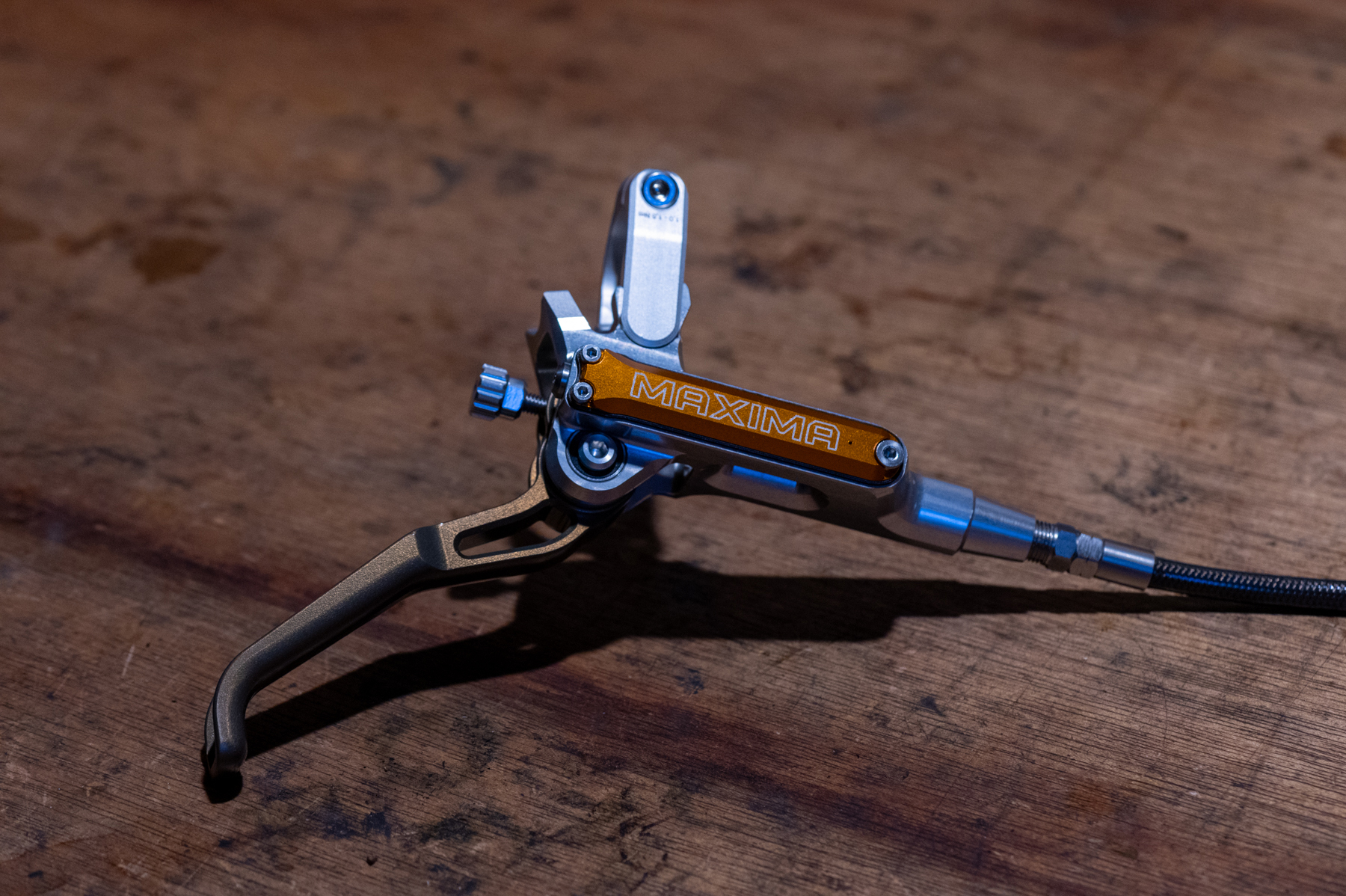
On-Trail Performance
The first thing that stands out about the Maxima’s performance is the lever feel. At least for my preferences, the shape of the lever blade is absolutely dialed. It features a substantial hook that feels quite secure without introducing any sharp edges or tight corners, and the pocket that the hook produces feels very consistent throughout the lever’s throw. Some brakes (e.g., the TRP DH-R Evo) feel like the purchase on the end of the lever diminishes as you get to the bite point, especially if they’re set up to engage relatively near the bar, but the Maxima lever follows the arc of my finger especially nicely.
The free stroke is relatively light, though not as strikingly so as that of the Hayes Dominion A4 / T4 (which still feature the lightest action of any brakes I’ve tried to date), and the lever feel is exceedingly smooth and consistent through the free stroke and into the bite point. Once you get there, the lever firms up gently but still relatively quickly until you reach full engagement of the brake. The bite point doesn’t feel especially firm when you’re just squeezing the lever in a workstand, and it’s possible to pull through it and make the Maxima feel a little spongy if you really haul on it. But, as we’ll get into in a minute, that proved to be a complete non-issue on the trail.
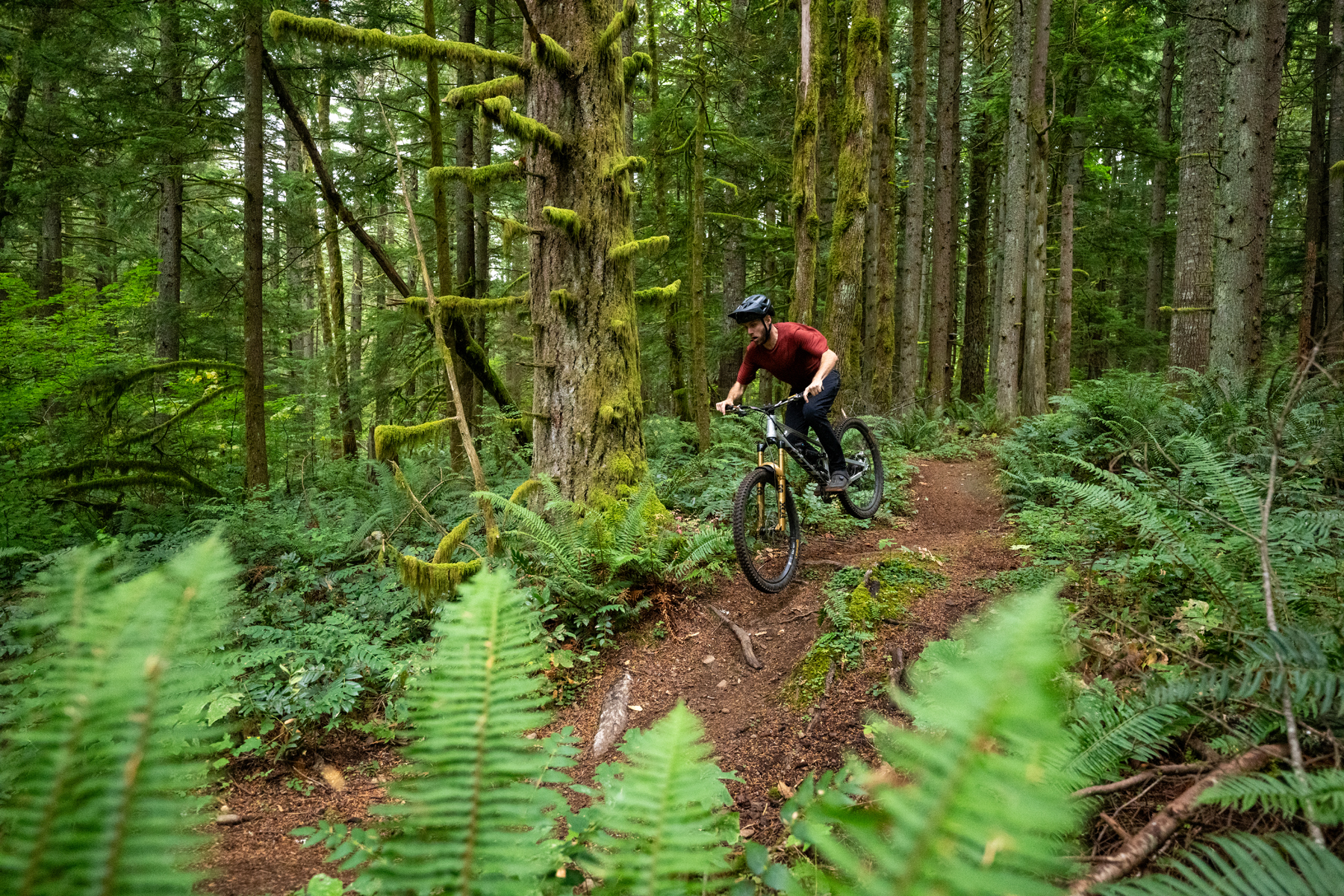
The lever also just feels solid, in a way that’s hard to describe. There’s no detectable play in the pivots whatsoever, and both the lever blade and the master cylinder assembly feel notably stiff, as if every bit of movement you feel at the lever is going toward actuating the brake. It may sound like a small thing, but especially for a brake this powerful, making it absolutely as consistent and predictable as possible goes a long way toward making that power easy to modulate and control, and getting rid of as much slop and flex in the system as possible helps there.
And, yes, the Maxima is exceptionally powerful. In terms of raw, outright power, the SRAM Maven and the new Hope GR4 come pretty close, but with the same Galfer Pro pads in all three, the Maxima comes out at the top of the heap. The Maven is a small step behind, and the GR4 is another slight notch down from there.
But especially compared to the Maven, the Maxima really stands out for how effortlessly it delivers that power. The Maven is hugely powerful, too, but its free stroke is firmer, its lever action less smooth, and its power comes on a little stronger at the initial bite but doesn’t build as smoothly and consistently from there. The GR4 comes closer to the Maxima in terms of its lever feel and linear power delivery, but still features a firmer free stroke and appreciably less outright power. Nothing else I’ve tried (apart from the Hope Tech 4 V4 that the newer GR4 replaced) is even in the same ballpark.
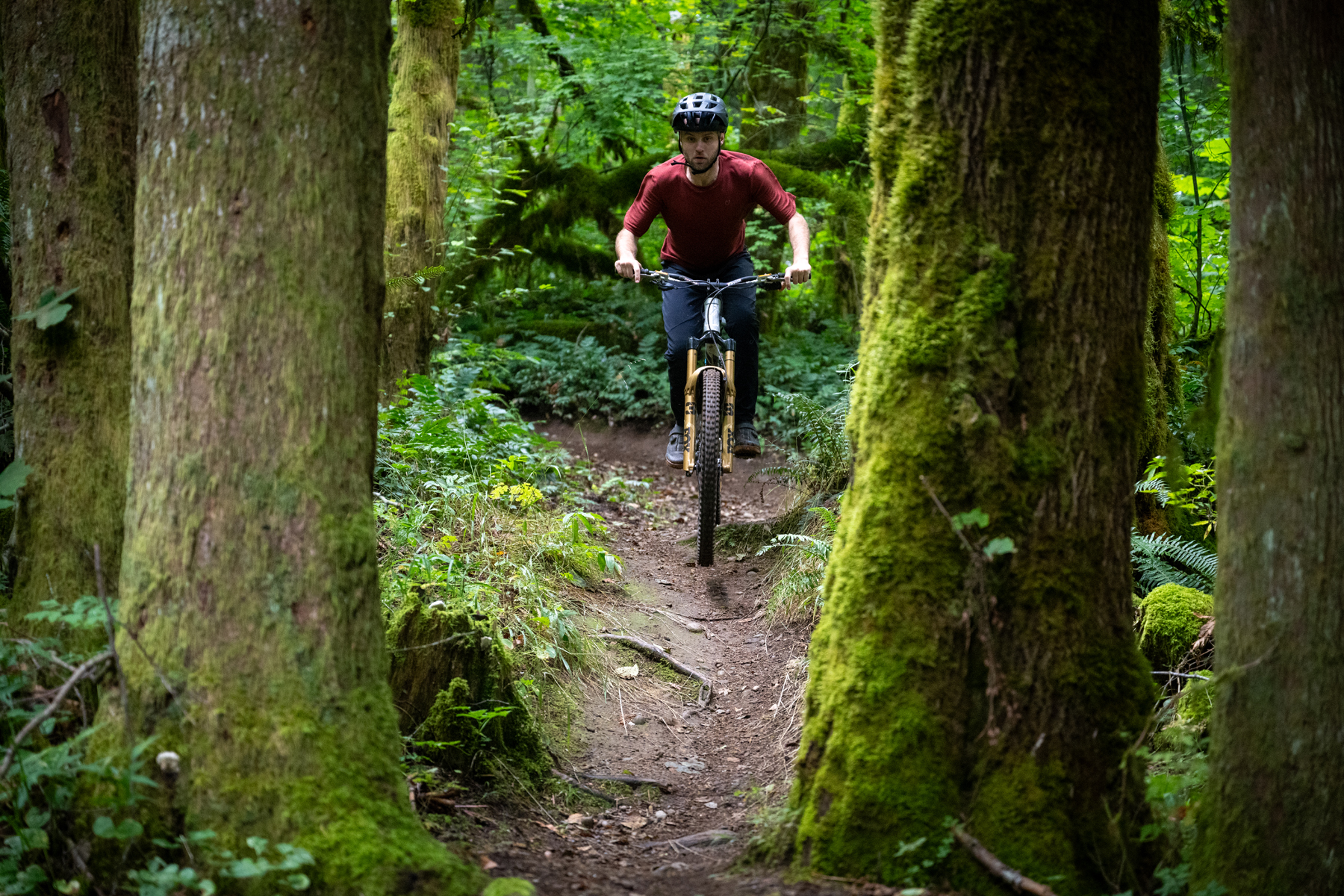
That massive power renders the slightly soft-feeling bite point that the Maxima displays in a workstand totally moot. Yes, you can squeeze the lever hard enough to pull it past the bite point (at which point it gets appreciably softer) if you’re just grabbing it while standing still, but it’s simply not something that I ever felt close to experiencing on the trail. The Maxima offers so much power, and delivers it so effortlessly, that I simply never found myself pulling through the bite point. In practice, the Maxima feels totally solid in its engagement, and the lever firms up smoothly and consistently as pressure builds and power mounts.
Particularly for such a powerful brake, the Maxima is notably easy to modulate, both because its power builds so smoothly and predictably, and because the lever feel firms up in neat proportion to that mounting power. Folks who prefer a very sharp, direct feel at the bite point won’t find that in the Maxima, but combining huge power and a very firm bite point is a matter of competing objectives — power comes from leverage, and more leverage makes for a softer feel. The Maxima’s bite point is firm enough to feel well defined, and I strongly suspect that not trying to firm it up further helps make the bite point and lever feel more consistent.
Even on some very long, steep descents where I’ve audibly (and olfactorily) gotten the Maximas extremely hot, there’s been no appreciable variation in their bite point or lever feel whatsoever, and only a slight reduction in power once they were exceedingly hot. They’re generally very quiet, too — both with the stock Trickstuff Power+ pads and my reference Galfer Pro ones — with a faint whine only just starting to appear at very high temperatures.
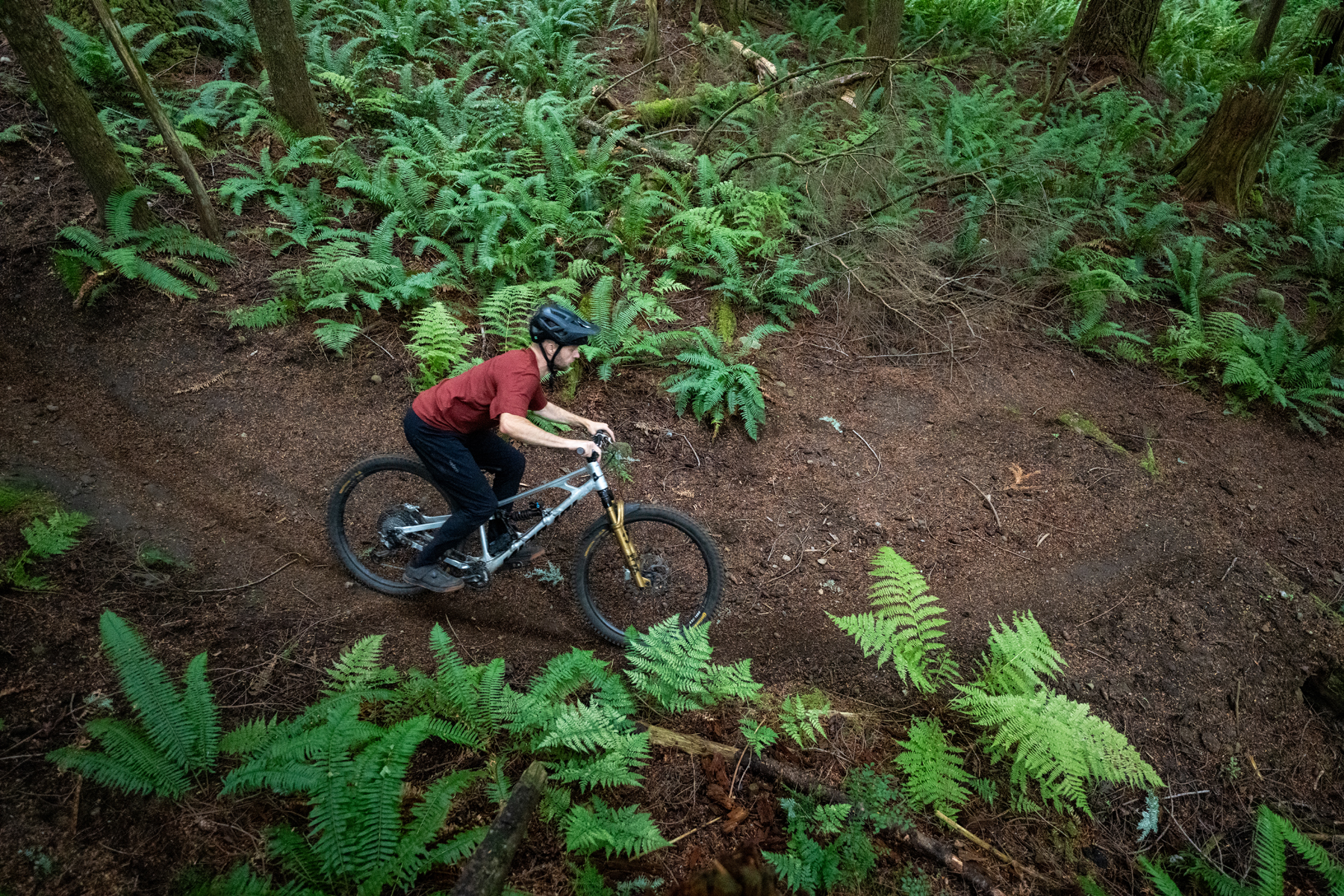
Both of those brake pads perform quite well, and don’t last especially long. The Galfer Pros offer a somewhat sharper initial bite and maybe a little more resistance to fading once they’re extremely hot, but the two are pretty close in terms of peak power. The stock pads offer a little more power when they’re truly cold than the Galfer Pros do, but both are very quick to get up to operating temperature, particularly compared to typical metallic compounds from most manufacturers.
Installation & Servicing
I’ve found the Maxima to mostly be extremely easy to live with, apart from a couple of minor headaches that stemmed from the non-standard 6 mm braided hoses that our review set was spec’d with.
The most obvious one is that they don’t fit well in many cable routing provisions on various frames and forks. A lot of internally routed frames will be a no-go, and the bolt-on cable clamps on many fork lowers don’t fit, either. The design Fox uses on their conventional forks (e.g., the 38 and 40) doesn’t work at all, and the RockShox and Öhlins versions aren’t the best fit, but kind of work.
The biggest issue I had, though, was with the Fox Podium. The inverted arrangement on that fork requires more involved hose routing management than conventional forks do, and Fox uses a bolt-on clamp at the upper corner of the stanchion guard, plus two guides on the upper tube. The hose is meant to be held firmly by the lower clamp, and then slide freely through the pair of upper guides.
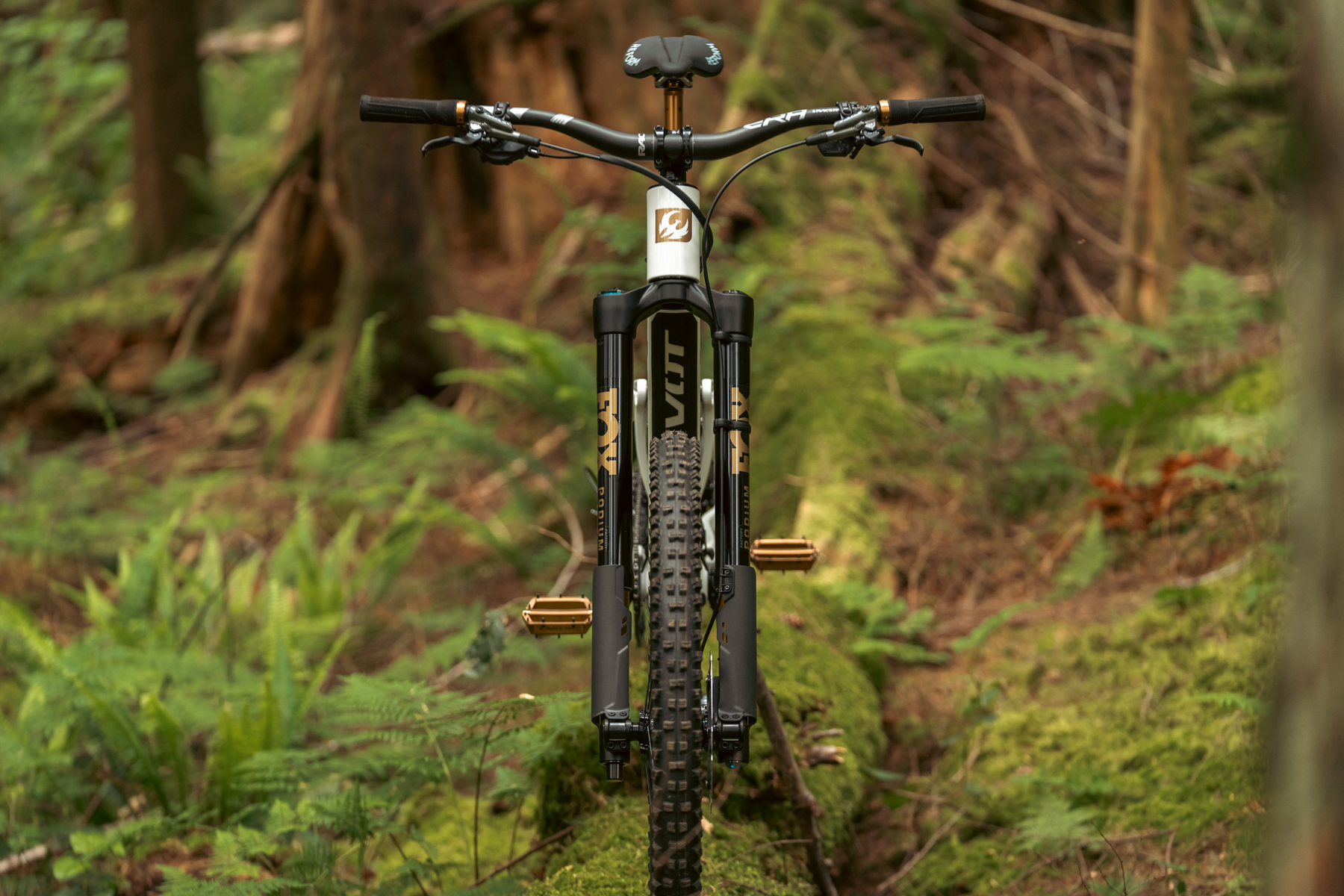
The 6 mm Maxima hose doesn’t fit in the clamp, so I 3D printed a version with a larger diameter hole to accommodate the bigger hose. (You could also just zip tie it through the slot in the stanchion guard that the stock clamp fits in.) The problem is that the braided hose is also much more flexible than a standard kevlar one, and rather than sliding through the upper guides as intended, the hose buckled and bowed out between the clamp and the lower of the two guides. At full compression there’s very limited space between the clamp and lower guide, and despite cutting my one and only ride on that setup short, due to the issue, the inner lining of the hose cracked and began to leak due to the tight bend it was forced into.
The Podium’s hose routing works fine with standard kevlar hoses, and can work with the Maxima’s default braided one if you wrap the portion above the clamp to stiffen it, but that particular combination doesn’t play nice out of the box.
Cutting the braided hose cleanly is also a bit tricky. The fine stainless steel wires tend to separate and fray, and you need to squeeze them back together relatively cleanly to get the fittings on afterward. It’s not too bad with a little practice, but I’d recommend starting by cutting the hoses a bit too long so you can do a test cut or two to figure it out. My main tips are to use good cable cutters (not side cutters or anything with straight blades) and to take care to pinch the loose strands back together as best you can after cutting, before you start installing the fittings.
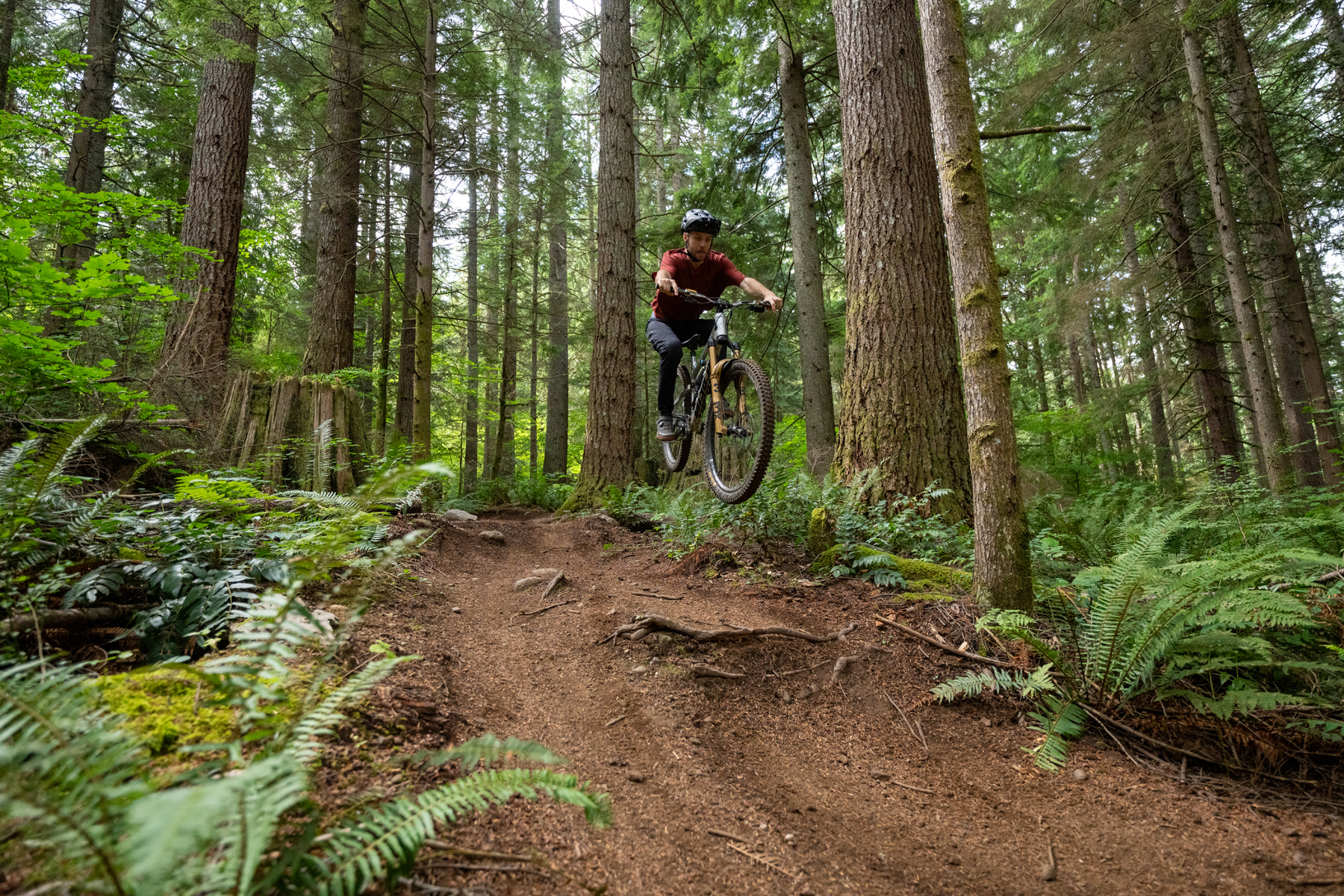
Otherwise, the Maxima is quite nice to work on. The bleeding procedure is straightforward, and I’ve found them to be notably easy to bleed well. The reusable hose fittings are a nice touch, and the fact that the Maxima uses relatively common Hope V4 (and now TR4 / GR4) brake pads is welcome. Trickstuff also sells service parts for the Maxima (and the rest of their lineup), including caliper and lever seals, replacement pistons, and everything else you’d need to freshen them up when the time comes.
Bottom Line
The Maxima is unequivocally the best performing mountain bike brake I’ve tried to date. They’re also, by far, the most expensive. So, are they worth it?
There’s no clear-cut answer there. Depending on your priorities, there are other brakes that deliver much of the performance of the Maxima for far less money, but their combination of massive power, exceptional lever feel, flawless consistency, and the smooth, predictable manner in which they deliver that power is truly special. Whether or not that’s worth springing for is between you and your bank account, but even six years after they first launched, the Maxima’s performance truly stands out.
